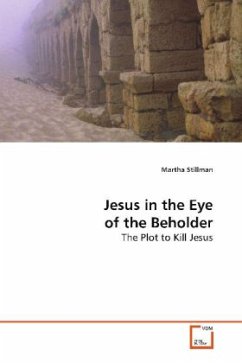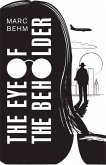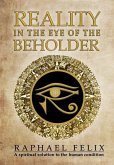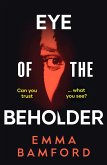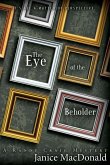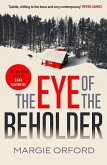Aimed at biblical scholars and clergy, as well as
anyone interested in the Gospel of Mark, this work
asks two questions. Given first-century culture and
behavior, is Jesus portrayed acting in a plausible
manner when he overturned the chairs and tables of
the moneychangers and pigeon sellers in Mark
11:15-19? And are the priests portrayed in a
similarly plausible manner when, in reaction, they
plotted to kill Jesus? By utilizing Greco-Roman texts
(in addition to the more commonly-used Jewish texts)
to gain fresh insight into the attitudes of Mark''s
readers, the conclusion is reached that Jesus''
actions in the Temple caused a sudden paradigm shift
among the populace. Before that, Jesus was seen as
non-threatening. But much as the political climate
for a modern-day politician can undergo a sudden and
seismic shift in response to seemingly little
provocation, so Jesus had been laying a foundation
that was ripe for change, and his actions in the
Temple were the "straw" that shifted everyone''s
perception. Relying on a technique grounded in Iser''s
repertoire, this study utilizes Greco-Roman as well
as Jewish texts to take a fresh look at the Temple
Pericope.
anyone interested in the Gospel of Mark, this work
asks two questions. Given first-century culture and
behavior, is Jesus portrayed acting in a plausible
manner when he overturned the chairs and tables of
the moneychangers and pigeon sellers in Mark
11:15-19? And are the priests portrayed in a
similarly plausible manner when, in reaction, they
plotted to kill Jesus? By utilizing Greco-Roman texts
(in addition to the more commonly-used Jewish texts)
to gain fresh insight into the attitudes of Mark''s
readers, the conclusion is reached that Jesus''
actions in the Temple caused a sudden paradigm shift
among the populace. Before that, Jesus was seen as
non-threatening. But much as the political climate
for a modern-day politician can undergo a sudden and
seismic shift in response to seemingly little
provocation, so Jesus had been laying a foundation
that was ripe for change, and his actions in the
Temple were the "straw" that shifted everyone''s
perception. Relying on a technique grounded in Iser''s
repertoire, this study utilizes Greco-Roman as well
as Jewish texts to take a fresh look at the Temple
Pericope.

